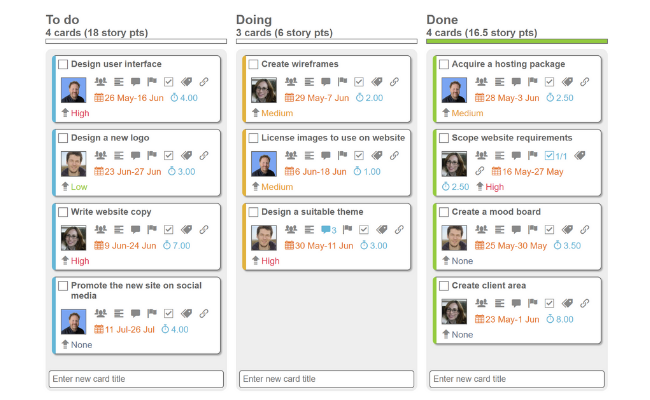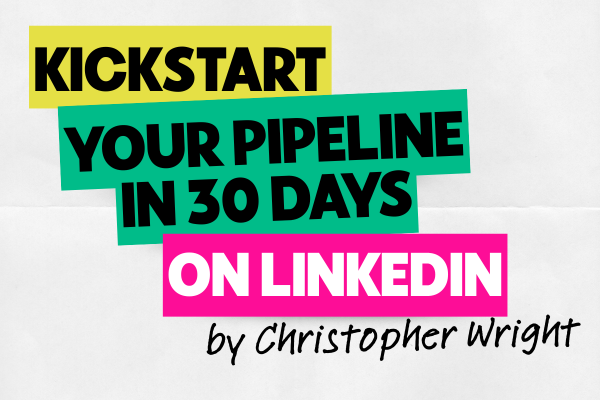Productivity Techniques for Busy Entrepreneurs
WRITTEN BY: JITSE VAN AMEIJDE, FOUNDER, QUANTUM ALCHEMY LTD
Does this sound familiar? You have a screen full of post-it notes to remind you of what you want to get done in no particular order. You have some sense of what you want to get done today but no clear plan on how to structure your day to get there.
You open up your browser and your 65 open tabs load up. You multitask your way through your email, LinkedIn messages, client calls and writing tasks.
Before you know it, it is lunchtime and you didn’t get nearly as much done as you had hoped for.
Being busy is not the same as being productive. You can jump from task to task all day and end up not having completed any of them.
Here, I will describe three techniques that can help you get more out of your day and feel more productive.
EISENHOWER MATRIX
The Eisenhower matrix is a prioritisation tool that is visually presented as a two-by-two matrix where the horizontal axis denotes the urgency of a task and the vertical axis denotes its importance.
An urgent task is a task which requires immediate attention. If it isn't done within a tight timescale, there are consequences. An example of an urgent task is going to A&E when you've cut off your thumb with a circular saw.
An important task is a task which does not always require immediate attention, but is important for longer term goals. For example, networking to support your business growth.
Both urgency and importance can be either high or low, leading to four quadrants:
In the top-left quadrant are tasks that are both urgent and important. This is called "Do first". A task that you might find here is picking up a sick child from school.
In the top-right quadrant are tasks that are important but not urgent. This is called "Schedule" as doing it should be scheduled in. An example of a "Schedule" task is writing a new blog post for your website to boost its ranking and attract visitors.
In the lower-left corner are tasks that are urgent but not important. This is called "Delegate" as tasks here should ideally be delegated. A task you might find here is sorting out an urgent IT issue on your website, something better delegated to for instance the hosting company.
In the lower-right corner are all the tasks that are neither urgent nor important. This is also called "Don't do". Here you might find tasks such as writing your third LinkedIn post on a given day.
Try prioritising your tasks in this way and see what difference it makes.
POMODORO TECHNIQUE
Humans are notoriously bad at true multitasking. It is better to focus attention on one specific task for a specific amount of time. This is where the Pomodoro technique comes in. This is a time-management method where you break your work into 25-minute intervals (pomodoros) followed by a five-minute break. After four pomodoros you take a longer break.
During the 25-minute pomodoros, you focus on one task and one task only, without getting distracted. It’s easier to do this because your mind knows a break is coming.
This technique can really help you improve your focus and productivity. Give it a try. There are lots of online resources and timers that can get you started.
KANBAN BOARDS
Kanban boards are a visual representation of a workflow where different columns represent different stages of tasks. A simple Kanban board has three columns: To do, Doing, and Done, and you move cards (post-its or digital) that represent tasks through this workflow.
Not only does this help make sure that nothing falls through the cracks (all tasks are captured and kept in their respective columns on the board), but it also provides an at-a-glance overview of the progress of your (and possibly your team’s) work.
You can make Kanban boards more advanced and versatile by adding swim lanes (rows), for instance breaking the tasks into different priorities (which of course you can establish using the Eisenhower matrix described above).
Kanban boards can be especially useful for teams where everyone needs to have an overview of a certain project, as it is a very transparent technique.
Kanban boards can be as simple as a simple white-board with physical post-it notes, or as advanced as a digital platform with filter, search and sort functionality and switching between multiple ways to break down your tasks (such as by owner, by priority or by project).
ABOUT THE AUTHOR
Jitse is the founder and director of a tech company that creates collaborative, web-based tools to help individuals and teams work smarter, not harder. He specialises in building systems that streamline workflows and automate time-consuming tasks. His flagship platform, Singular, is a powerful yet easy-to-use work management tool designed to help businesses stay organised, productive, and focused. Beyond Singular, Jitse also develops bespoke digital solutions tailored to the specific needs of organisations ready to cut costs, save time, and scale sustainably. If your business relies on processes that feel clunky or manual, Jitse can help simplify and elevate them with intuitive technology. Want to work smarter? Connect with Jitse and drop him a DM to get started.








